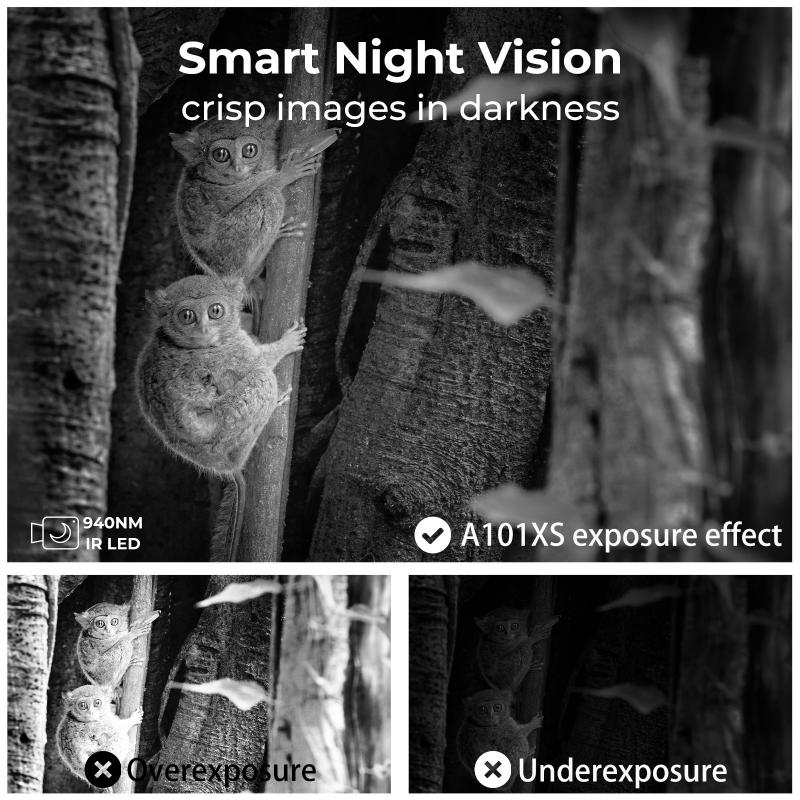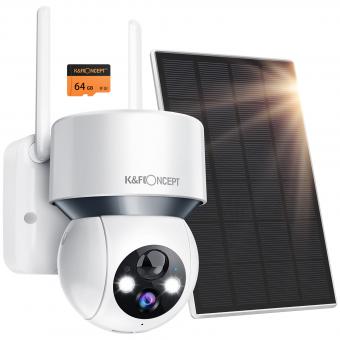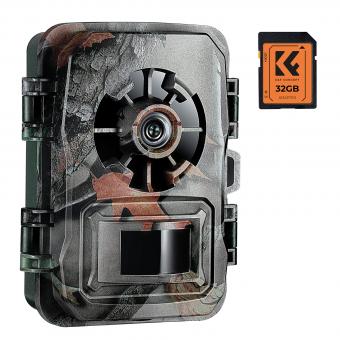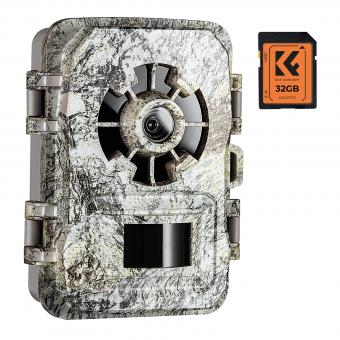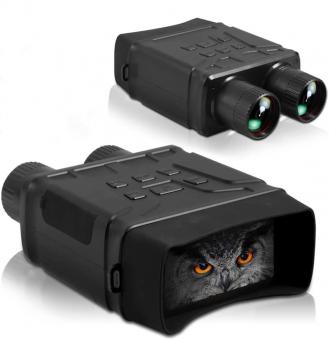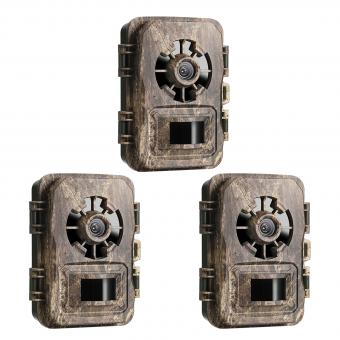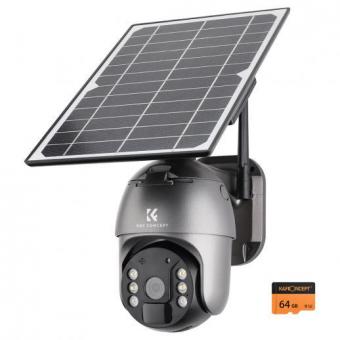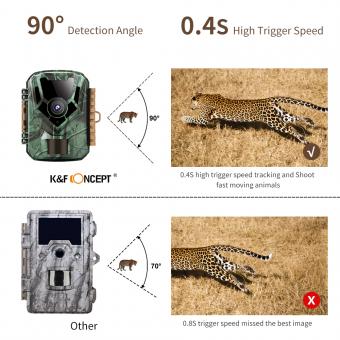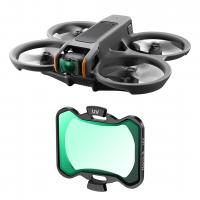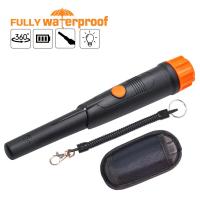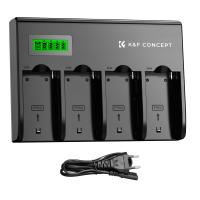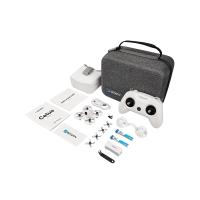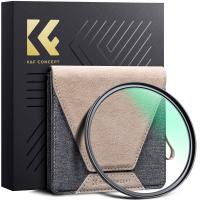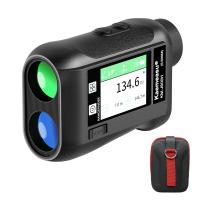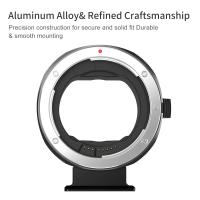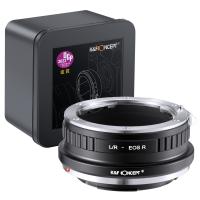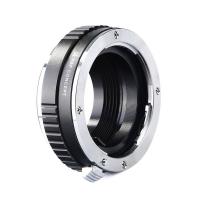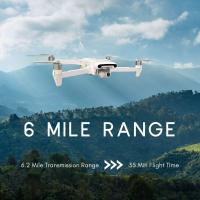How To Make A Camcorder Night Vision ?
To make a camcorder night vision, you can use an infrared (IR) light source. IR light is invisible to the human eye but can be detected by a camcorder's night vision mode. You can purchase an external IR light source that attaches to the camcorder or use an IR flashlight.
Attach the IR light source to the camcorder or hold the IR flashlight near the camcorder lens. Turn on the camcorder's night vision mode and adjust the focus as needed. The IR light will illuminate the scene, allowing the camcorder to capture clear footage in low light or complete darkness.
It's important to note that using an external IR light source may not be legal in all situations, such as in public places or when filming wildlife. Always check local laws and regulations before using an IR light source with your camcorder.
1、 Infrared Illumination
To make a camcorder night vision, one of the most effective methods is to use Infrared Illumination. Infrared Illumination is a technology that uses infrared light to illuminate the area being recorded, making it visible to the camera even in complete darkness. This technology is commonly used in security cameras, but it can also be applied to camcorders.
To use Infrared Illumination, you will need to purchase an infrared illuminator that is compatible with your camcorder. These illuminators come in different sizes and shapes, so it is important to choose one that fits your needs. Once you have the illuminator, you can attach it to your camcorder using a mounting bracket or a tripod.
The latest point of view on Infrared Illumination is that it has become more affordable and accessible to consumers. Many camcorders now come with built-in infrared capabilities, and there are also many affordable aftermarket options available. Additionally, the quality of infrared illumination has improved, providing clearer and more detailed images in low-light conditions.
In conclusion, using Infrared Illumination is an effective way to make a camcorder night vision. It is a technology that has become more accessible and affordable to consumers, and it provides clear and detailed images in low-light conditions.

2、 Low Light Sensors
To make a camcorder night vision, one of the most important components is the low light sensor. Low light sensors are designed to capture images in low light conditions, making them ideal for night vision applications. These sensors work by amplifying the available light, allowing the camera to capture clear images even in near darkness.
To add a low light sensor to a camcorder, you will need to purchase a compatible sensor and install it in the camera. This can be a complex process, and it is recommended that you seek the assistance of a professional technician to ensure that the sensor is installed correctly.
In addition to the low light sensor, there are other factors that can affect the performance of a camcorder in low light conditions. These include the quality of the lens, the aperture size, and the camera's image processing capabilities.
Recent advancements in technology have led to the development of new low light sensors that are even more sensitive than previous models. These sensors are capable of capturing clear images in extremely low light conditions, making them ideal for night vision applications.
Overall, making a camcorder night vision requires careful consideration of the camera's components and capabilities. By selecting the right low light sensor and optimizing other camera settings, it is possible to capture clear and detailed images even in near darkness.
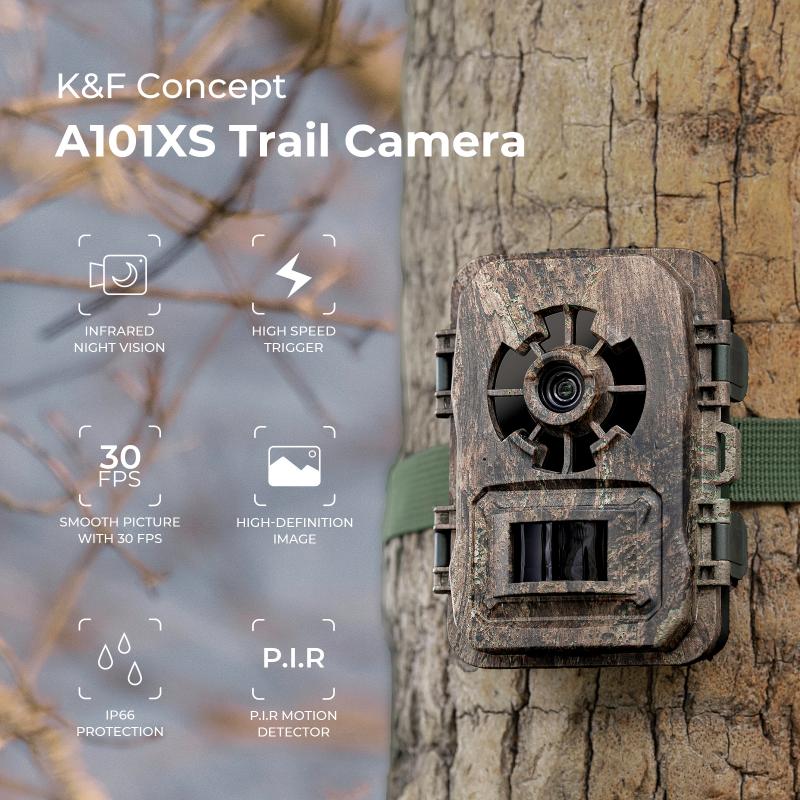
3、 Image Intensification
To make a camcorder night vision, one can use the technology of Image Intensification. Image Intensification is a process that amplifies the available light in the environment to produce a brighter image. This technology is commonly used in night vision devices such as binoculars, goggles, and scopes.
To apply Image Intensification to a camcorder, one can use an Image Intensifier Tube (IIT). The IIT is a vacuum-sealed tube that contains a photocathode, a microchannel plate, and a phosphor screen. When light enters the tube, it strikes the photocathode, which emits electrons. These electrons are then accelerated and multiplied by the microchannel plate, producing a brighter image. The image is then displayed on the phosphor screen.
To attach the IIT to a camcorder, one can use a night vision adapter. The adapter is a device that attaches to the front of the camcorder and holds the IIT in place. The adapter also includes a power source for the IIT.
It is important to note that the use of Image Intensification technology in camcorders is not as effective as in dedicated night vision devices. The image quality may be lower, and the range may be limited. However, it can still be a useful tool for capturing footage in low-light conditions.
In recent years, there have been advancements in night vision technology, such as the use of thermal imaging and digital night vision. These technologies offer improved image quality and range compared to Image Intensification. However, they are also more expensive and may not be as readily available for consumer use.
Overall, making a camcorder night vision using Image Intensification technology can be a cost-effective solution for capturing footage in low-light conditions. However, it is important to understand the limitations of this technology and consider other options if higher quality footage is required.
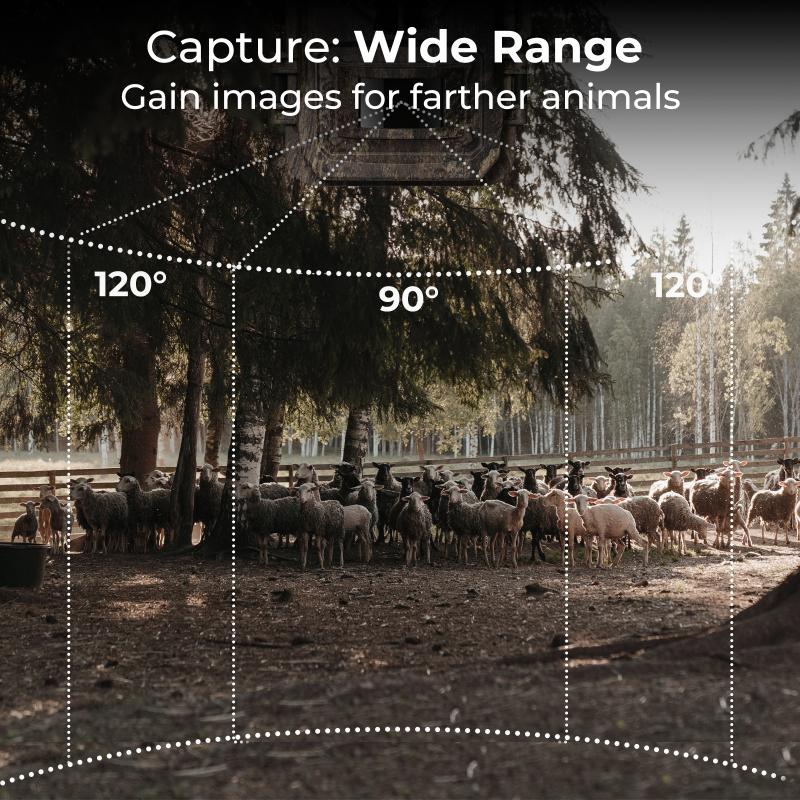
4、 Thermal Imaging
How to make a camcorder night vision? One way to achieve night vision on a camcorder is by using thermal imaging technology. Thermal imaging works by detecting the heat signatures of objects and converting them into visible images. This technology is commonly used in military and law enforcement applications, but it is also available for consumer use.
To make a camcorder night vision using thermal imaging, you will need a thermal imaging camera module that can be attached to your camcorder. These modules can be purchased online or from specialty stores. Once you have the module, you will need to attach it to your camcorder using the appropriate mounting hardware.
The thermal imaging camera module will allow you to see in complete darkness, as it detects the heat signatures of objects rather than relying on visible light. This makes it ideal for use in low-light or no-light situations, such as nighttime surveillance or wildlife observation.
It is important to note that thermal imaging technology can be expensive, and the quality of the images produced can vary depending on the quality of the camera module. Additionally, thermal imaging is not a replacement for traditional night vision technology, as it has limitations in certain situations.
In conclusion, making a camcorder night vision using thermal imaging technology is possible, but it requires the purchase of a thermal imaging camera module and appropriate mounting hardware. While this technology can be expensive, it provides a unique and effective way to see in complete darkness.
